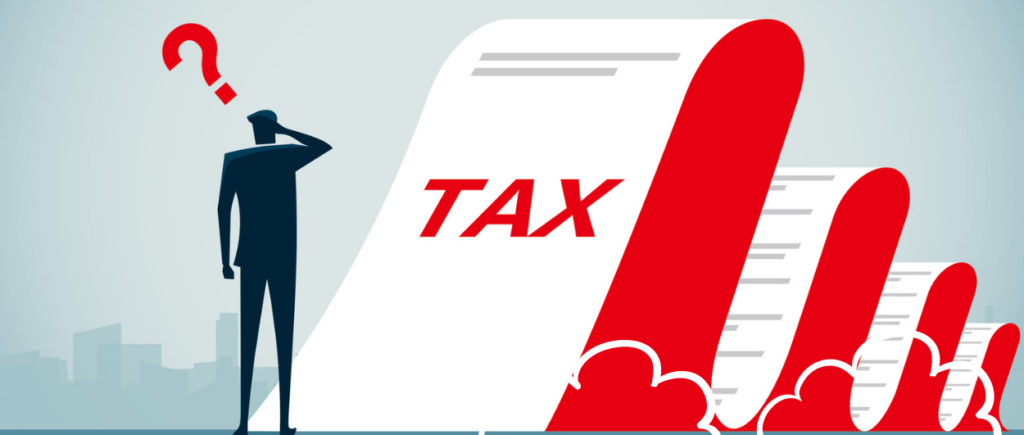INDIRECT TAX – ADVANTAGES AND DISADVANTAGES OF INDIRECT TAXES
Indirect taxes are taxes that are levied on goods and services, rather than on individuals or businesses. These taxes are often included in the price of the goods or services and are paid by the end consumer. Indirect taxes can take many forms, including sales taxes, excise taxes, value-added taxes (VAT), and customs duties. In this article, we will explore the advantages and disadvantages of indirect taxes.
Advantages of Indirect Taxes
- Easy to administer: Indirect taxes are relatively easy to administer because they are collected by the government at the point of sale. This means that businesses do not need to spend a lot of time and money on tax compliance, which can be a significant burden for small businesses.
- Stable source of revenue: Indirect taxes provide a stable source of revenue for governments because they are based on consumption. This means that as long as people continue to buy goods and services, the government will have a reliable source of income.
- Can be used to influence behavior: Indirect taxes can be used to influence consumer behavior. For example, taxes on cigarettes and alcohol can discourage people from consuming these products, which can have a positive impact on public health.
- Can be used to support specific industries: Indirect taxes can be used to support specific industries, such as the automotive industry. For example, a tax on imported cars can help to protect local car manufacturers.
Disadvantages of Indirect Taxes
- Regressive: Indirect taxes are regressive, which means that they have a greater impact on low-income individuals and families. This is because people with lower incomes tend to spend a larger percentage of their income on goods and services than higher-income individuals.
- Hidden cost: Indirect taxes are often hidden in the price of goods and services, which means that consumers may not be aware of how much tax they are paying. This can be misleading and can make it difficult for consumers to compare prices.
- Can lead to inflation: Indirect taxes can lead to inflation because they increase the cost of goods and services. This can be particularly problematic for low-income individuals and families, who may struggle to afford basic necessities.
- Can be difficult to implement: Indirect taxes can be difficult to implement because they require businesses to collect and remit the tax to the government. This can be particularly challenging for small businesses, which may not have the resources to comply with complex tax regulations.
In conclusion, indirect taxes have both advantages and disadvantages. While they provide a stable source of revenue for governments and can be used to influence behavior and support specific industries, they can also be regressive, lead to inflation, and be difficult to implement. Ultimately, governments must weigh these factors when deciding whether to implement indirect taxes and how to design them to minimize their negative impacts on vulnerable populations


